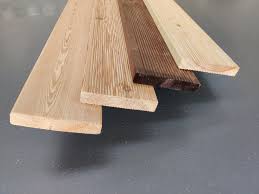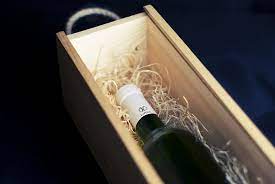decking boards (terasová prkna) are a crucial component in the creation of beautiful and practical outdoor areas. They form the foundation for the deck and play a major role in its overall performance and aesthetics. Here’s a comprehensive guide to provide you with all the information you should know about wooden decking (terasova prkna).
Types of Decking Boards
Wood Decking: Wood decking is popular for it’s natural warmth and beauty. Common choices include pressure-treated pine, cedar, and redwood. Pressure-treated pine is economical and is resistant to decay while redwood and cedar provide superior durability and a rich natural look. However, wood decking requires regular maintenance, such as sealing and staining, to protect against weathering and insect damage.
Composite decking is made of an amalgamation of wood fibers and plastic, composite decking offers the look of wood with less maintenance. It’s resistant to fade staining, scratching, and staining, and does not require sealing or painting. Composite boards come in a range of styles and colors, mimicking various wood species. They are generally higher priced than wood, however they can last longer.
PVC Decking PVC decking is constructed entirely of synthetic materials, which makes it highly resistant to moisture, mold, and mildew. It is light, easy to maintain, and requires little maintenance. PVC boards are available in a variety of styles and colors. It are a good option for high-humidity environments. However, they are more susceptible to expanding and contracting with temperature changes.
Key Considerations
Durability: Choose decking materials based on your climate and how much wear and wear and tear your deck will endure. Composite and PVC boards generally offer better durability in comparison to wood, particularly in extreme conditions.
Maintenance Wood decking requires frequent upkeep to maintain its appearance and to prevent damage. PVC and composite decking is less maintenance-intensive, but they do require regular cleaning to eliminate the debris.
Cost: Budget is an important factor when choosing decking boards. Wood is generally more affordable initially, however it could incur higher maintenance costs over time. Composite and PVC options have a higher initial cost, but can result in lower maintenance costs.
Aesthetics: Consider the style and color of the decking boards to complement your outdoor and indoor decor. Wood provides a classic look, while composite and PVC can offer a wider variety of patterns and colors.
Installation: Properly installed is key to the longevity and security for your deck. Ensure that the substructure is sound and follow specifications of the manufacturer regarding spacing and securement.
In summary, choosing the ideal decking board is taking into consideration factors such as durability, maintenance cost, and aesthetics. By considering these aspects it is possible to select decking boards that can add value to your outdoor area and offer many years of enjoyment.


